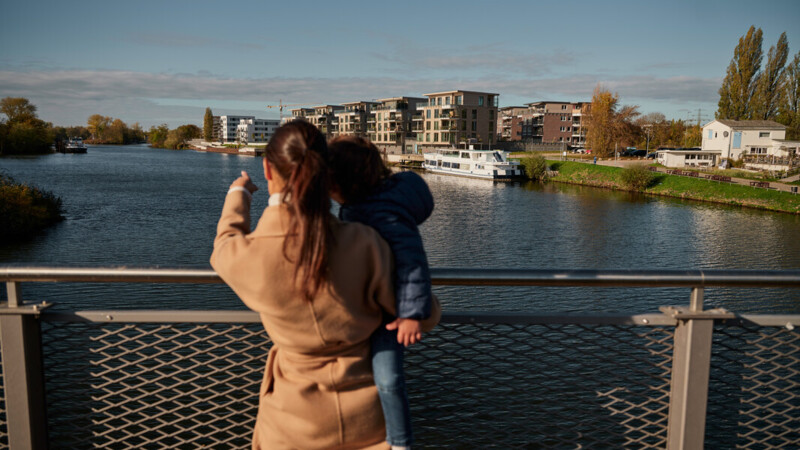UNESCO World Heritage sites keep the material traces of history alive and preserve them for humanity. Such places are important to people living locally and are considered worthy of preservation for mankind. More than 1,000 sites worldwide are listed as UNESCO World Heritage Sites. The addition of Schwerin brings the number of such sites in Germany alone to 54. Apart from Schwerin’s outstanding Residential Palace, the list also includes several historic buildings throughout the city.
Schwerin’s Residence Ensemble is the latest spot in the Hamburg Metropolitan Region to become a UNESCO World Heritage site. The historic signifance of Hamburg's Speicherstadt warehouse district and the Kontorhaus District, the old town island of Lübeck and the old town of Wismar have previously led to their recognition as UNESCO World Heritage Sites. Others include the Wadden Sea and the Ohnsorg-Theatre in Hamburg is also listed as an intangible cultural heritage site. At its 46th session in New Delhi on Saturday (July 27, 2024), the UNESCO World Heritage Committee added the Schwerin Residence Ensemble to the World Heritage List.
54 of 1,000 World Heritage sites in Germany
Residential Palace in Schwerin
The palace is the highlight of the Schwerin Residence Ensemble and is considered the most significant example of Romantic historicism in Europe. Built between 1845 and 1856 on the site of a Slavic fortress dating back to 965, the palace is modelled on French Renaissance architecture. The castle is picturesquely situated on an island in Lake Schwerin and can be seen from afar. The garden in front of the castle, with its baroque cross canal and lawn cascades, is the most important baroque garden in northern Germany.

Culturally significant places across city
The Residence Ensemble consists of buildings now in public use and are spread throughout Schwerin. The former artillery barracks houses the revenue office and the Grand Ducal Arsenal is home to Mecklenburg-West Pomerania’s Ministry of the Interior. Several ministries are now in former stables. Many buildings, such as the officers' mess have been renovated by private investors and preserved for posterity. Schwerin's main railway station dates back to 1847 and features separate royal rooms, which were reserved for nobility of the period. Schwerin was voted Station of the Year in 2008 following extensive refurbishment.
Schwerin as centre of art and culture
The Old Garden at the entrance to the castle island is Schwerin's cultural and artistic centre while Mecklenburg-West Pomerania’s State Theatre is opposite the castle in the garden. Built in 1883, it was considered one of the world’s most progressive theatres at the time. The Grand Ducal Museum, near the Residence Ensemble, is modelled on Greek Renaissance and was considered a pioneering museum building made of iron, concrete and wood. In the early 20th century, the museum was one of the most important art galleries after Berlin, Dresden, Munich and Vienna.
History continued in a contemporary way
The buildings in the ensemble include the Kommandantenhaus, the Hofgärtner Etablissment, the Old Mint, two collegiate buildings, the Old Palace, the Fridericianum and the Grand Ducal Office Building. This makes Schwerin one of the most important state capitals in the Hamburg Metropolitan Region. The city has preserved its historic buildings and uses them to meet the demands of the new industrial and knowledge society.
sw/pb
Sources and further information
More
Similar articles

Farm stores and manufacturing in the Hamburg Metropolitan Region

Spatial model of Hamburg Metropolitan Region presented

Forward-looking Süderelbe region gaining momentum
